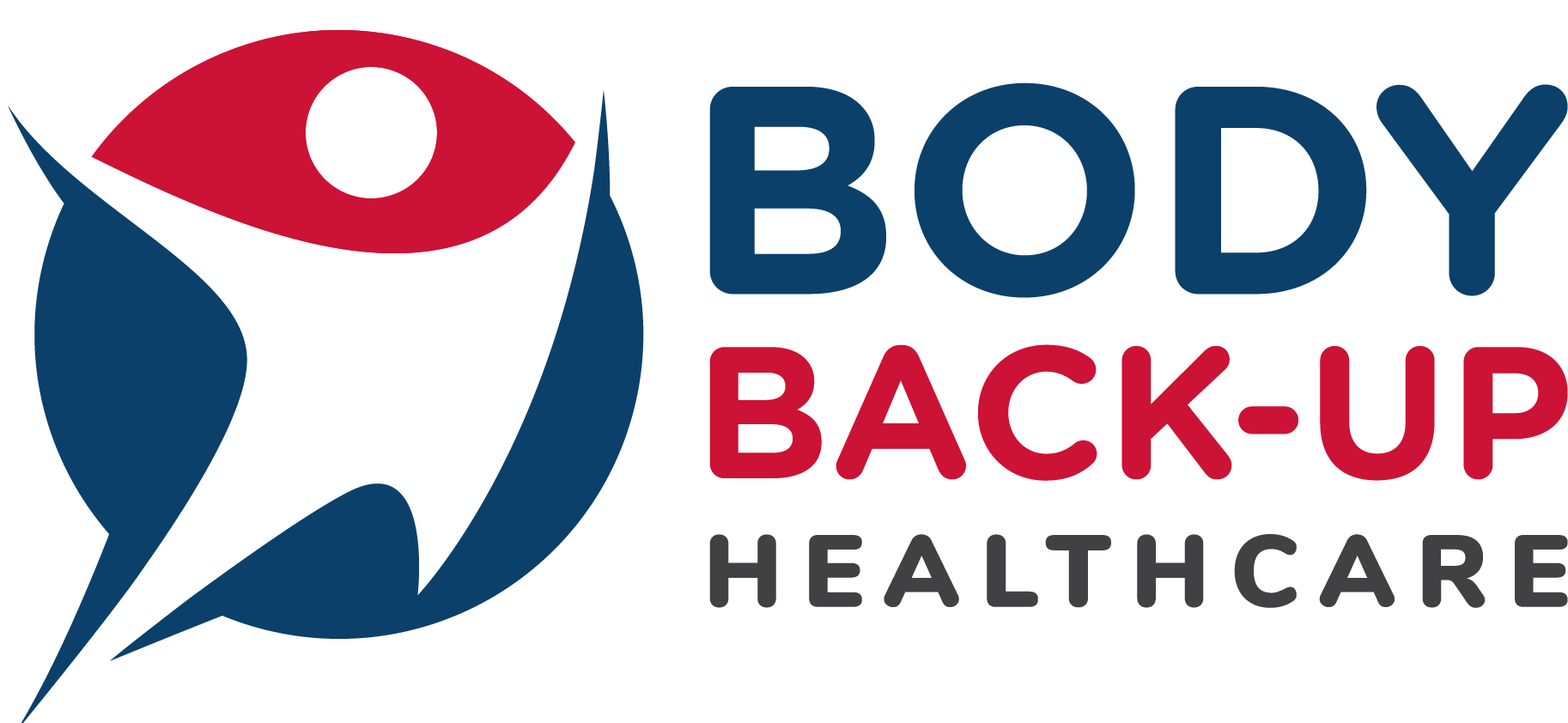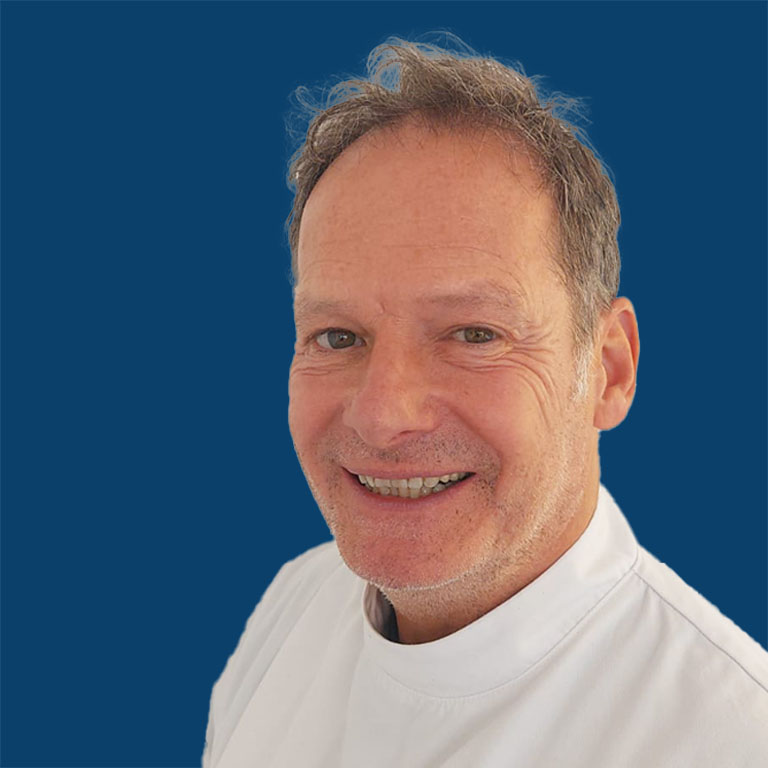Acupuncture is an element within the Traditional Chinese Medicine (TCM) health system, which also includes herbs, acupressure, exercise and diet. Fundamental to TCM are the concepts of yin and yang, opposite but complementary forces whose perfect balance within the body Is essential for well-being. Yin signifies cold, damp, darkness, passivity and contraction; yang signifies heat, dryness, light, action and expansion. The interaction of yin and yang gives rise to qi (pronounced “thee”), which is an invisible “life energy” that flows through meridians, or channels, around the body.
There are 12 regular meridians, which run down the body in pairs, six on the left and six on the right. They are mostly named after the main internal organs through which they pass. Six are primarily yin, associated with “solid” yin organs, such as the liver; six are yang, linked to “hollow” yang organs, such as the stomach. 1Wo further meridians, the Conception and Governing vessels, provide control of the 12 regular meridians. The even circulation of qi around the body is essential for health.
Disruption on a meridian can create illness at any point along It; for example, a disorder in the Stomach meridian (passing through the upper gums) could cause toothache. There are about 365 acupoints along the meridians at which qi is concentrated and can enter and leave the body. It is possible to affect the circulation of qi at these points, and acupuncturists Insert fine needles to stimulate or suppress the flow. Evidence & research: A body of scientific evidence now exists to support the use of acupuncture to treat certain conditions.
Some of the most convincing research into the therapeutic effects of acupuncture, published in the Journal of the Royal Society of Medicine in 1988, was carried out by Professor John Dundee of Queen’s University, Belfast. His research confirmed that stimulating an acupoint approximately 5 cm (2 in) above the crease of the wrist closest to the hand relieved and even eliminated nausea and vomiting in early pregnancy. According to – 1989 study in the British Journal of Anaesthesia, the same point could also be used to treat nausea following general anaesthetic and chemotherapy.
 Trustpilot
Trustpilot

